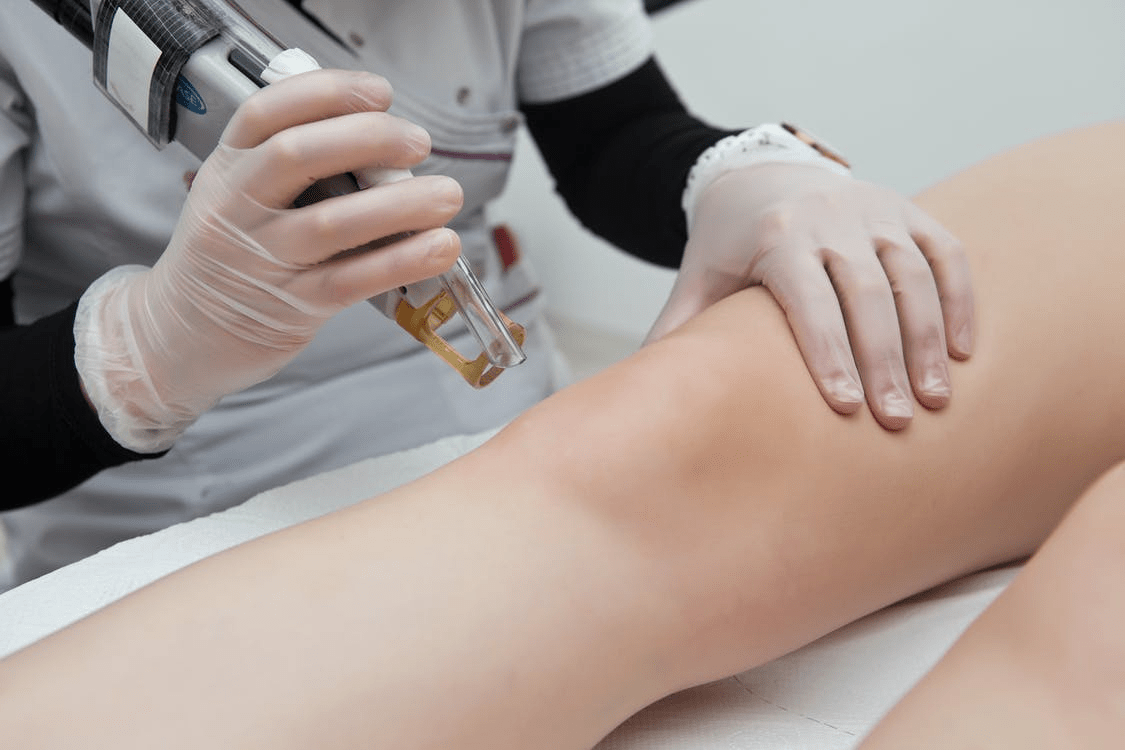
Phototherapy is an effective treatment for vitiligo.
Everything You Need to Know About Phototherapy to Treat White Patches
Vitiligo can be a frustrating autoimmune disorder causing the loss of skin pigments. The prominent white patches on the skin caused by vitiligo become difficult to hide with time.
The disorder is not curable, but some treatment options can help reduce the widening and worsening of the patches. And phototherapy is one of them.
The therapy is considered safe and effective. Let’s read more about phototherapy and its effects on vitiligo.
What is Phototherapy for White Patches, and How Does It Work?
The depigmentation disorder needs activation and growth of melanocytes to let recoloration occur, which is a natural process. But in vitiligo, the pigment cells get damaged and don’t grow. It can be because of vitamin D deficiency or overreaction of the immune system upon excessive exposure to sunlight.
The ultraviolet rays in sunlight can be used as a treatment for vitiligo, but how? Sitting or lying under the sun won’t help as not all rays are beneficial for people with vitiligo. Instead, it can worsen the condition of the patches. Therefore, these ultraviolet rays are filtered to use specific wavelengths to improve white patches.
Types of UV Rays
The filtered UV rays are known as narrowband ultraviolet B and narrowband ultraviolet A. Usually, phototherapy uses a UVB narrowband lamp or a unit to prevent the development of new white patches while restoring the skin color in the affected areas.
Narrowband ultraviolet B phototherapy is preferred to treat generalized vitiligo. But for severe or advanced cases, UVA with a combination of medication, psoralen, is used to get back the person’s skin color.
What to Expect from Phototherapy for White Patches?
Before the treatment
- At the beginning of the phototherapy session, the therapist will ask you to remove the accessories and extra clothes you are wearing.
- Sunscreen will be provided to be used on the specific body part or the areas that don’t require the treatment.
- Protecting the body areas, especially the ones with no patches from the UV rays, remains the top priority during the process.
- Eyes are prone to damage during the treatment; therefore, eye testing is performed beforehand.
- You can’t get started before talking to your healthcare provider, especially if you are on medication. Some medicines or drugs can increase the side effects of phototherapy.
During the treatment
A box or unit is used to keep you inside during the therapy for generalized vitiligo. nbUVB rays will be emitted to reach various body areas for efficient results. For targeted areas, a vitiligo UV lamp or laser can be utilized. You can stand or sit in the unit depending on the length and purpose of the therapy.
After the treatment
After-treatment maintenance is crucial for the desired results, which include reduced sunlight exposure, no sunlight for 24 hours after the treatment, proper body coverage when outdoors, and usage of sunscreens. Every skin responds differently to the phototherapy session.
Some begin to show improvements just after a few sessions, whereas some may take more than a year. It’s totally fine if you have some side effects like a burning sensation, itching, redness, etc.
They will go on their own after a few hours. You can ask for some soothing ointments from your doctor.
Usually, 2-3 sessions a week are suitable, but the length and number of sessions per week depend on the condition of the skin and the stage of vitiligo.
Effects of Phototherapy on Vitiligo
Phototherapy is an effective treatment for vitiligo, but you should not expect instant results. Vitiligo needs at least 6 to 12 months of phototherapy to show improvements.
Moreover, some patients reported disappearing results after stopping the therapy. It is because ending the treatment inhibits the growth and functionality of melanocytes once again, resulting in the recurrence of white patches over the body.
To your surprise, the most responsive body areas to the UVB lamp and therapy are the face and neck in terms of repigmentation.
How Does Light Therapy Benefit White Patches?
- Vitamin D deficiency can be the leading cause of the occurrence of vitiligo. However, with the help of light therapy, which we also call phototherapy, vitamin D production can get better.
- UV radiation also promotes the growth of skin pigment cells.
- Phototherapy reduces the immune system response in the skin to enhance repigmentation.
- It is a safe way to prevent emerging white patches.
- You may notice that your skin color is getting back to normal with time because of UV radiation.
- Consistent treatments with enough patience will serve you with long-term effects.
Complications
Itchy and irritated skin, redness, burning sensation and temporary skin changes are common side effects. But if you are experiencing other conditions like nausea, worsening side effects, fever, severe blistering, pain, and too much irritation you should seek emergency help.
Conclusion
Phototherapy can be highly beneficial for people with vitiligo of different stages. The impacts of phototherapy on white patches and repigmentation are commendable.
Utilizing UV rays to treat vitiligo can help you get rid of those embarrassing patches and discoloration. The response of every individual may vary, but sooner or later, you will get a chance to see tremendous improvements in your condition.






